The Fairmount Royal York Hotel, at 100 Front Street between Bay and York Streets, is one of Toronto’s outstanding architectural gems. The land where the hotel is located has played an important role in the life of city since the early decades of the 19th century. When the first buildings on the property were constructed, the site was close to the shoreline of Lake Ontario. In the ensuing years, the city pushed the water’s edge further south by dumping landfill into the lake.
The first buildings on the site appeared in 1838, when Captain Dick, a wealthy steamboat captain, constructed four brick townhouses, which he named the Ontario Terraces. In 1844, Knox College purchased the properties and renovated them to contain classrooms and administrative offices. In 1856, Mr. Sword bought the houses and joined them into a single building to create a hotel, which he named after himself. He managed it until 1859, when Captain Dick again purchased it and renamed it the Queen’s Hotel. He modernized the property, added an extension on the north side, and placed a cupola on the roof. It was soon the city’s most elite hostelry and dining establishment, renown for its furnishings and gourmet cuisine. At one time, it was the only hotel in Toronto with steam heating. Because the establishment was not far from the third Provincial Parliament Meeting, located at Front and Simcoe Streets, legislators used the hotel as a home away from home. In the hotel, meetings attended by Sir John A. Macdonald were instrumental in leading to confederation in 1867. The future King George V stayed at the Queen’s, as well as several American presidents. The Queen’s closed in 1927, heralding the end of an era.
The Queen’s Hotel on October 15, 1915. Toronto Archives, F.1231, It. 1108a
The venerable Queen’s Hotel was demolished in 1927 and the construction of a new hotel commenced the same year. It was to be premier hotel in the chain of Canadian Pacific Hotels, a division of the Canadian Pacific Railways. When completed, it was the largest hotel in the British Commonwealth and the tallest building in the city. This remained true until the following year, when the Bank of Commerce on King Street claimed the title. The hotel’s architects were Ross and Macdonald, with the firm of Sproat and Rolph. They chose the “Chateau Style, reflecting the Art Deco trends of the 1920s. The facade facing Front Street was symmetrical. The Royal York possessed a copper roof and touches of the Romanesque in its many arched windows.
When it opened on June 11, 1929, it boasted 28 storeys, with 1048 rooms, including a library, ballroom (concert hall), ten elevators, and many other luxurious amenities. It was in one of the most advantageous locations in the city, as it was directly across from Union Station, in an age when railways were the major means of long distance travel.
When the east wing was added to the Royal York in 1958, it increased the number of rooms to 1600. The CP Hotels joined with the Fairmont Hotels in 1959, and today the hotel is known as the Fairmont Royal York Hotel.
The Royal York viewed from York Street on September 17, 1928, when the hotel was under construction. Toronto Archives, F1266, It.14885 (1)
The Royal York, viewed from the CP Railroads roundhouse on September 26, 1929. City of Toronto Archives, F1266, It.18046 )1)
The S. S. Cayuaga entering Toronto Harbour in 1931, the Royal York Hotel the dominating the skyline. Toronto Archives. F1244, It.0259B .
The ballroom on opening night of June 11, 1929. Toronto Archives, F1266, It.6910(1)
Lobby of the Royal York during the Christmas season of 2014.
View of the Royal York in 2014, gazing east on Front Street.
The upper portion of the hotel, containing the copper roof and ornate architectural detailing that was typical of the Chateau Style.
Touches of Romanesque architecture, with rounded arches above the windows. There are Corinthian plasters inserted between the windows.
The south facade of the hotel during the summer of 2014.
To view the Home Page for this blog: https://tayloronhistory.com/
To view previous blogs about movie houses of Toronto—historic and modern
Recent publication entitled “Toronto’s Theatres and the Golden Age of the Silver Screen,” by the author of this blog. The publication explores 50 of Toronto’s old theatres and contains over 80 archival photographs of the facades, marquees and interiors of the theatres. It relates anecdotes and stories of the author and others who experienced these grand old movie houses.
To place an order for this book:
Book also available in Chapter/Indigo, the Bell Lightbox Book Store and by phoning University of Toronto Press, Distribution: 416-667-7791
Theatres Included in the Book:
Chapter One – The Early Years—Nickelodeons and the First Theatres in Toronto
Theatorium (Red Mill) Theatre—Toronto’s First Movie Experience and First Permanent Movie Theatre, Auditorium (Avenue, PIckford), Colonial Theatre (the Bay), the Photodrome, Revue Theatre, Picture Palace (Royal George), Big Nickel (National, Rio), Madison Theatre (Midtown, Capri, Eden, Bloor Cinema, Bloor Street Hot Docs), Theatre Without a Name (Pastime, Prince Edward, Fox)
Chapter Two – The Great Movie Palaces – The End of the Nickelodeons
Loew’s Yonge Street (Elgin/Winter Garden), Shea’s Hippodrome, The Allen (Tivoli), Pantages (Imperial, Imperial Six, Ed Mirvish), Loew’s Uptown
Chapter Three – Smaller Theatres in the pre-1920s and 1920s
Oakwood, Broadway, Carlton on Parliament Street, Victory on Yonge Street (Embassy, Astor, Showcase, Federal, New Yorker, Panasonic), Allan’s Danforth (Century, Titania, Music Hall), Parkdale, Alhambra (Baronet, Eve), St. Clair, Standard (Strand, Victory, Golden Harvest), Palace, Bedford (Park), Hudson (Mount Pleasant), Belsize (Crest, Regent), Runnymede
Chapter Four – Theatres During the 1930s, the Great Depression
Grant ,Hollywood, Oriole (Cinema, International Cinema), Eglinton, Casino, Radio City, Paramount, Scarboro, Paradise (Eve’s Paradise), State (Bloordale), Colony, Bellevue (Lux, Elektra, Lido), Kingsway, Pylon (Royal, Golden Princess), Metro
Chapter Five – Theatres in the 1940s – The Second World War and the Post-War Years
University, Odeon Fairlawn, Vaughan, Odeon Danforth, Glendale, Odeon Hyland, Nortown, Willow, Downtown, Odeon Carlton, Donlands, Biltmore, Odeon Humber, Town Cinema
Chapter Six – The 1950s Theatres
Savoy (Coronet), Westwood
Chapter Seven – Cineplex and Multi-screen Complexes
Cineplex Eaton Centre, Cineplex Odeon Varsity, Scotiabank Cineplex, Dundas Square Cineplex, The Bell Lightbox (TIFF)
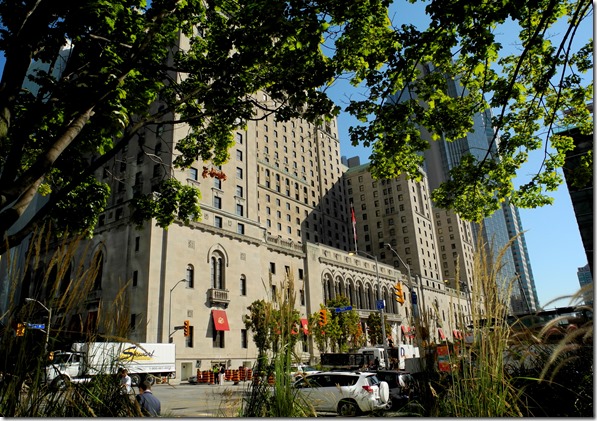
![Oct. 15, 1915--f1231_it1108a[1] Oct. 15, 1915--f1231_it1108a[1]](https://tayloronhistory.com/wp-content/uploads/2015/05/oct-15-1915-f1231_it1108a1_thumb.jpg)
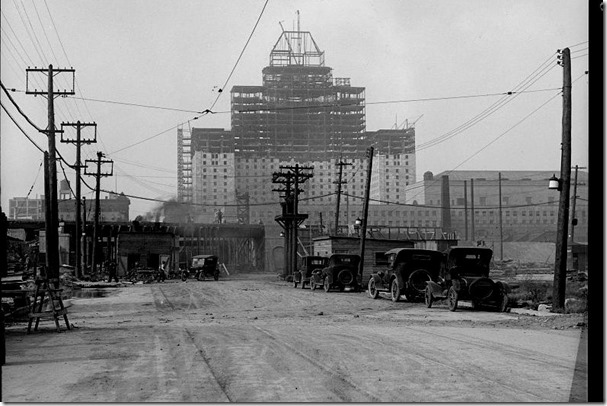
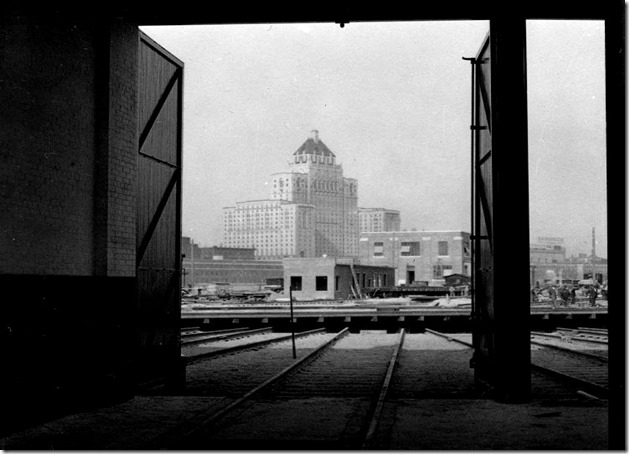
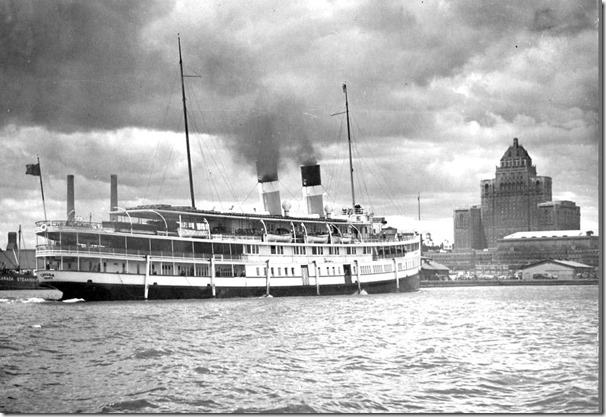
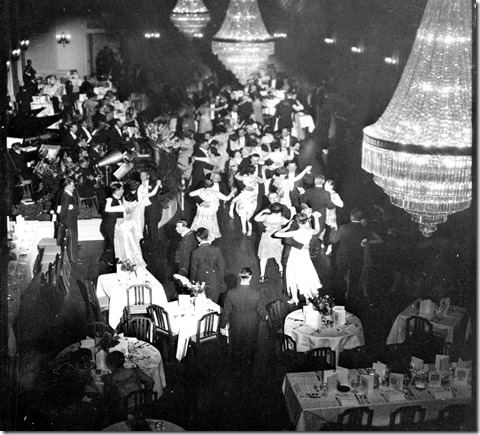
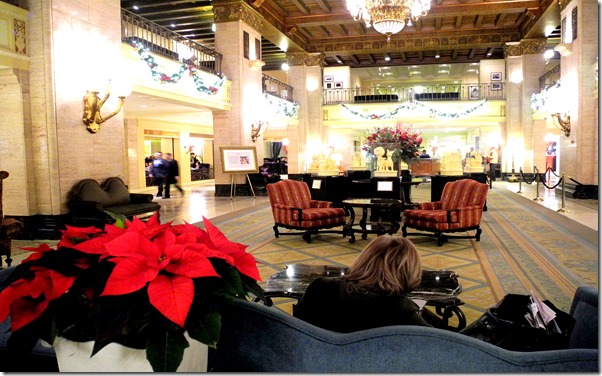
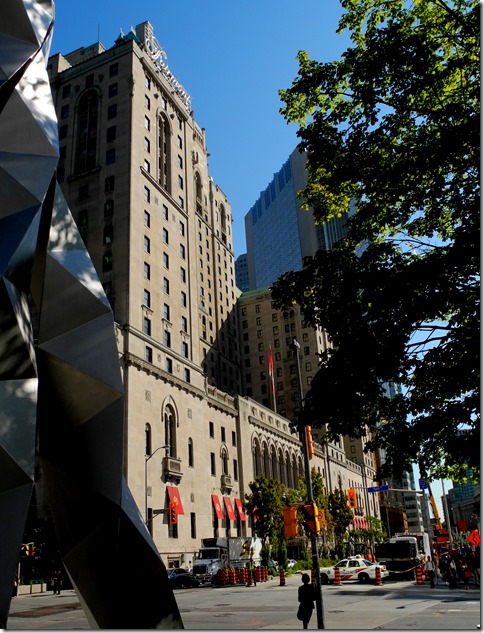
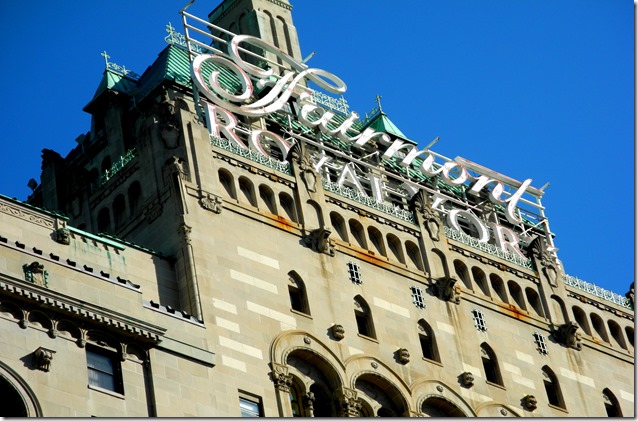
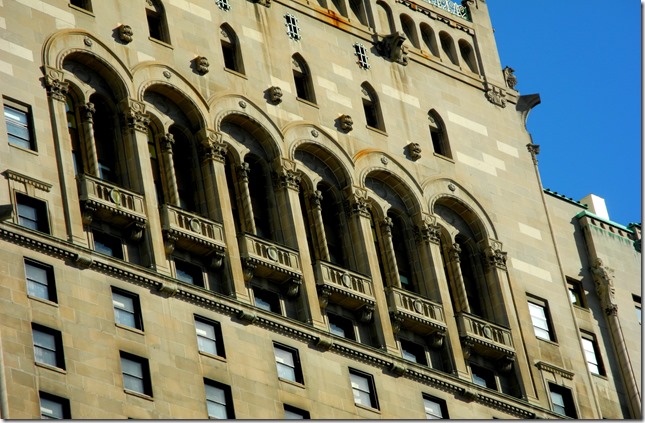
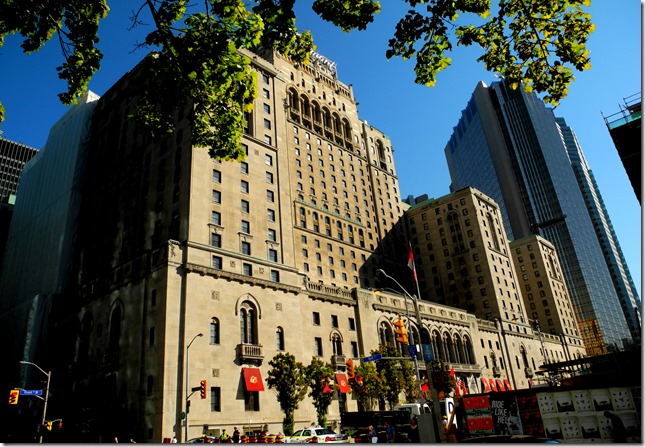
![cid_E474E4F9-11FC-42C9-AAAD-1B66D852[2] cid_E474E4F9-11FC-42C9-AAAD-1B66D852[2]](https://tayloronhistory.com/wp-content/uploads/2015/05/cid_e474e4f9-11fc-42c9-aaad-1b66d8522_thumb5.jpg)

